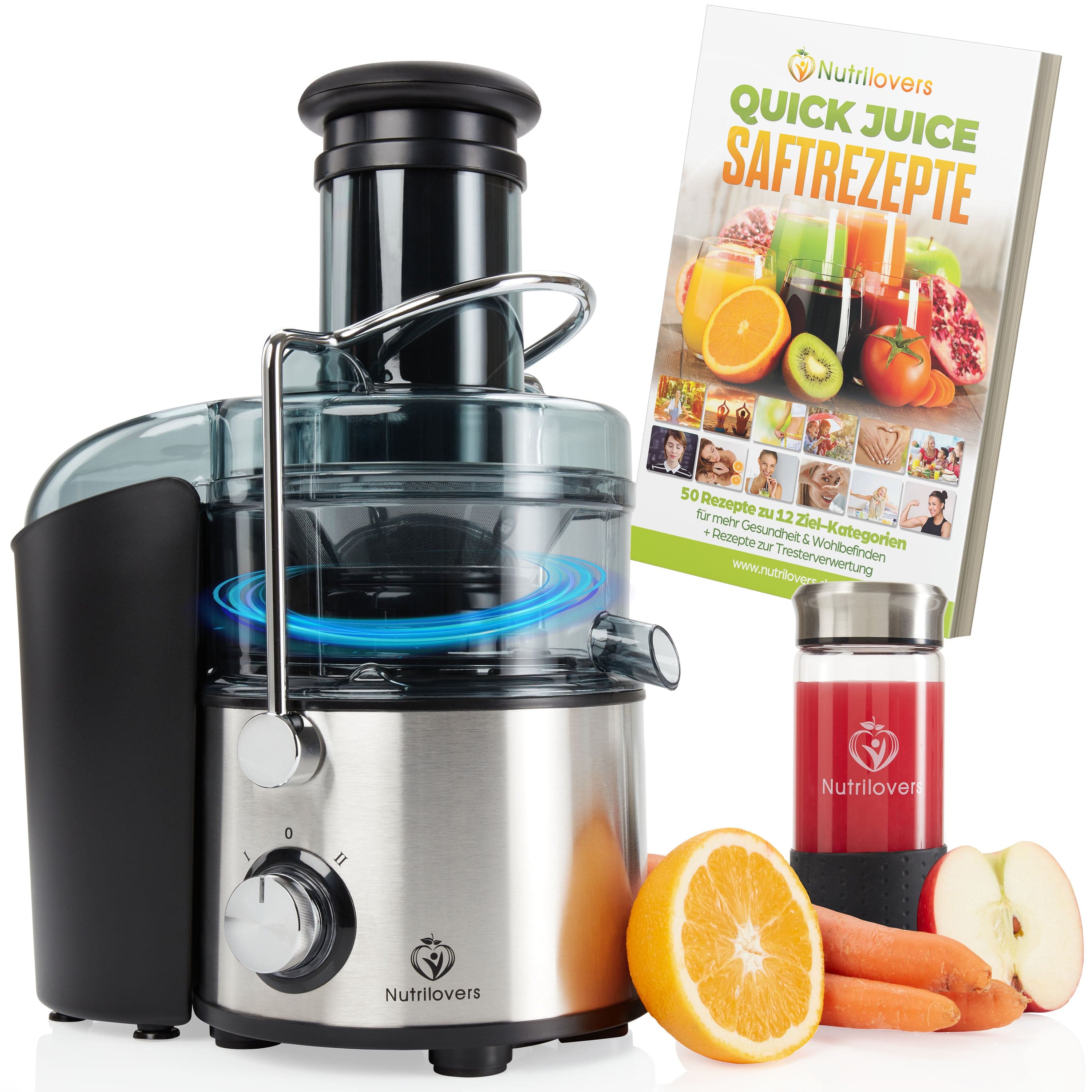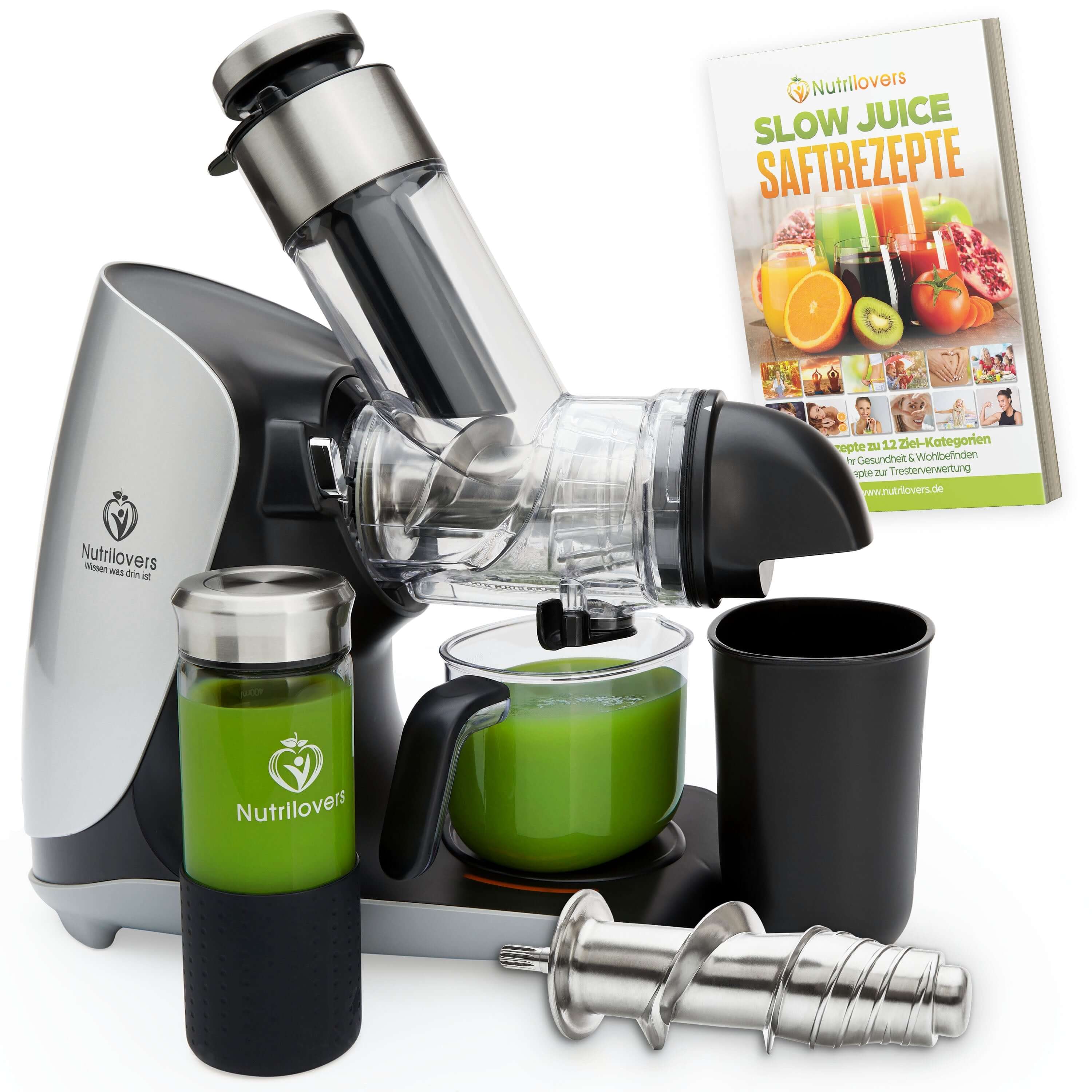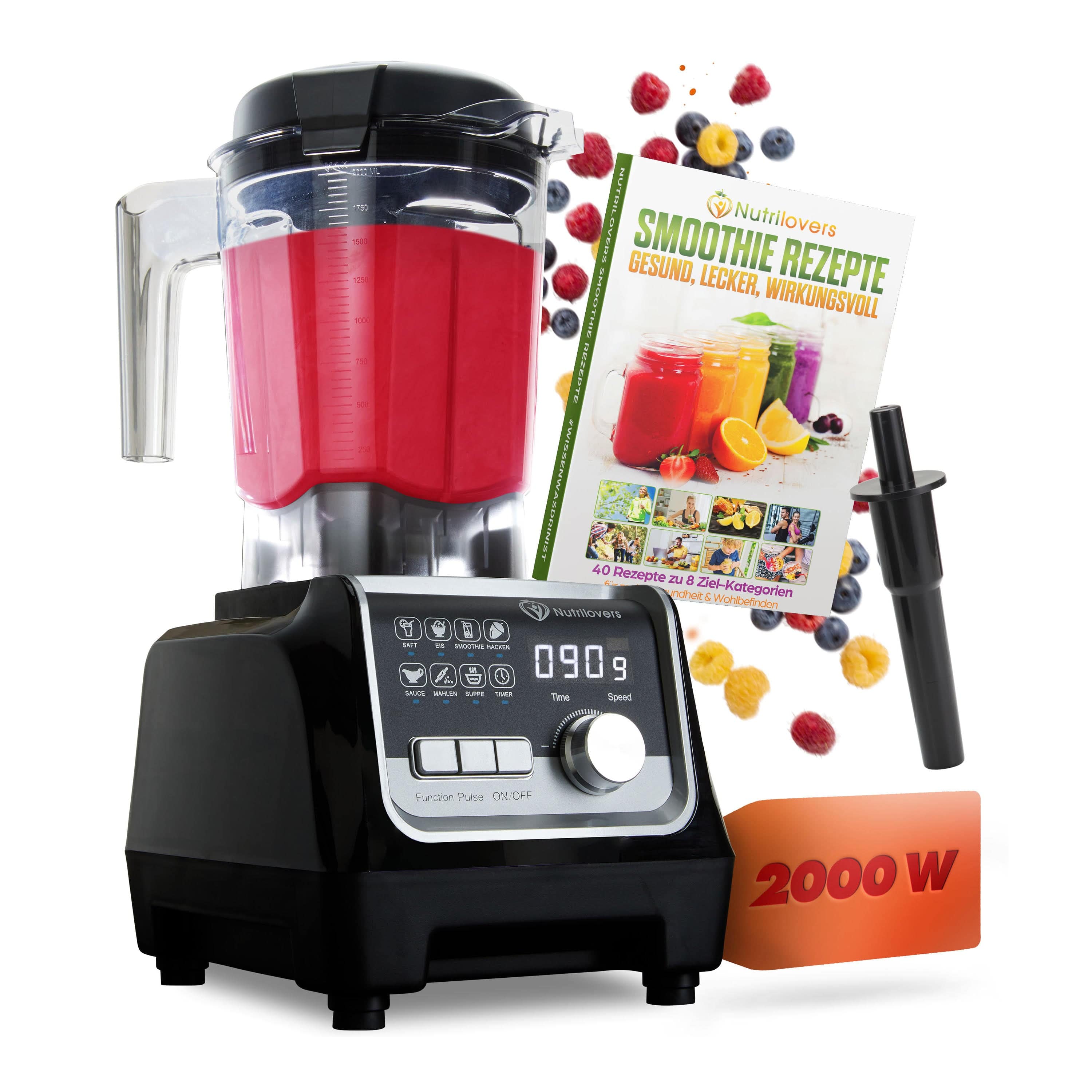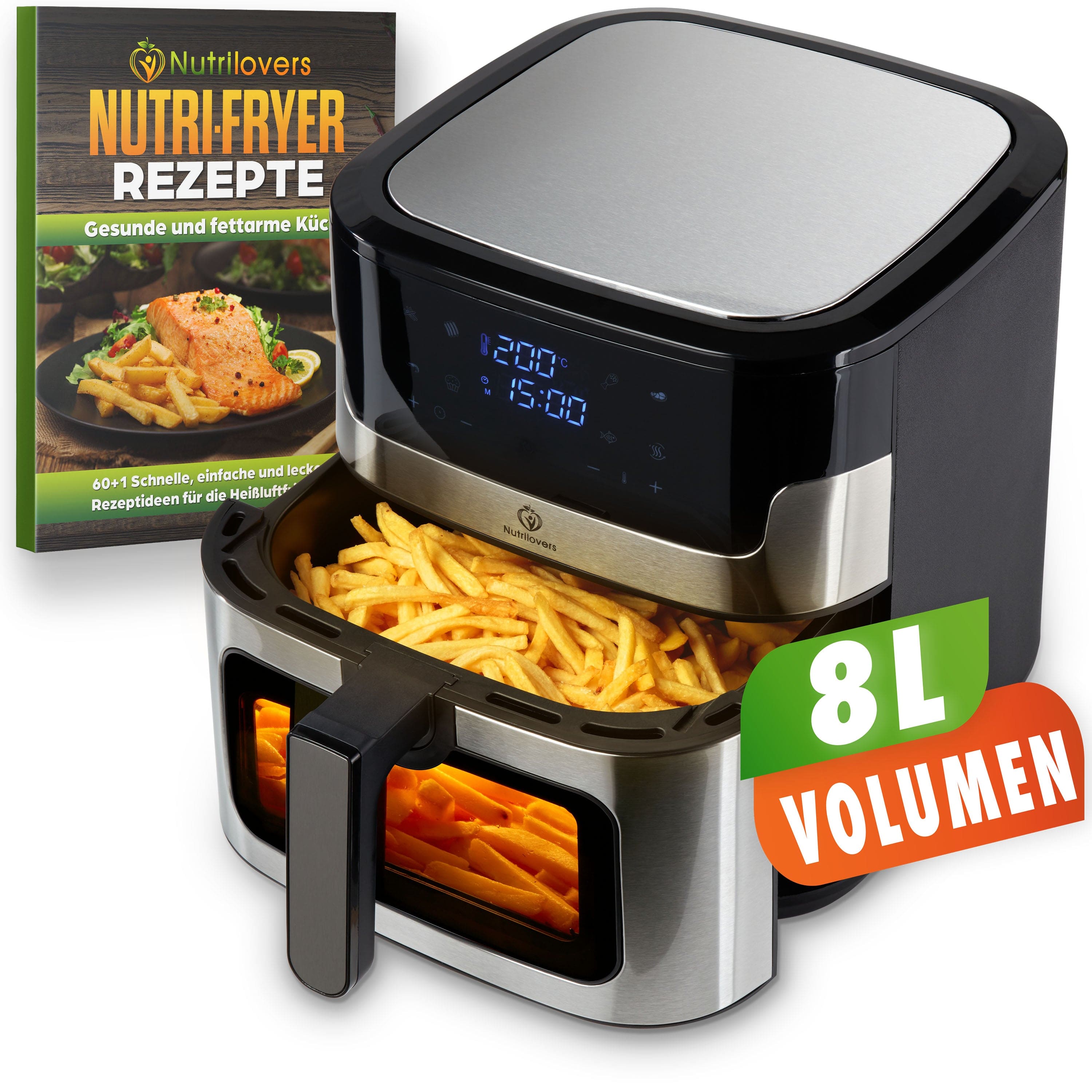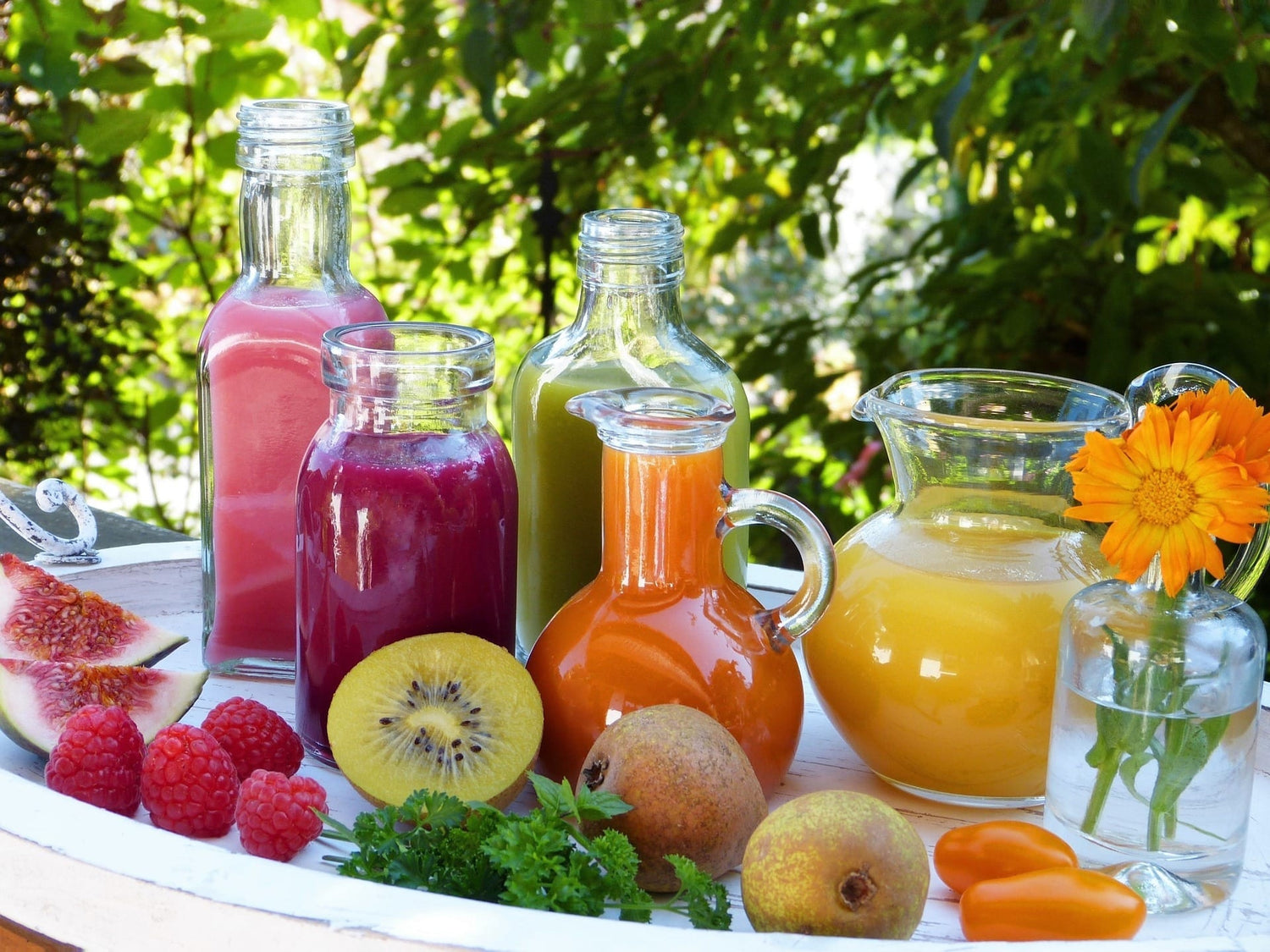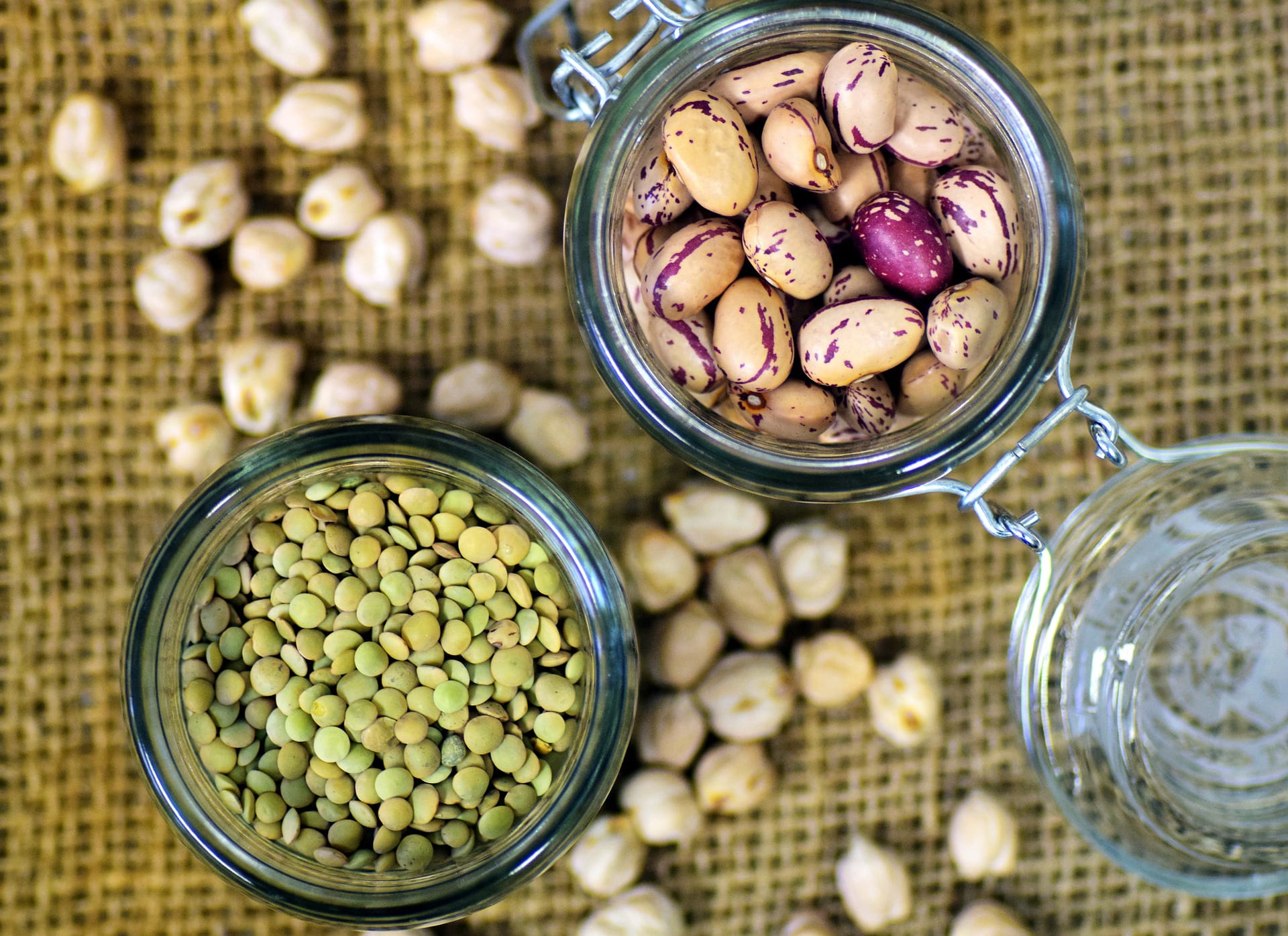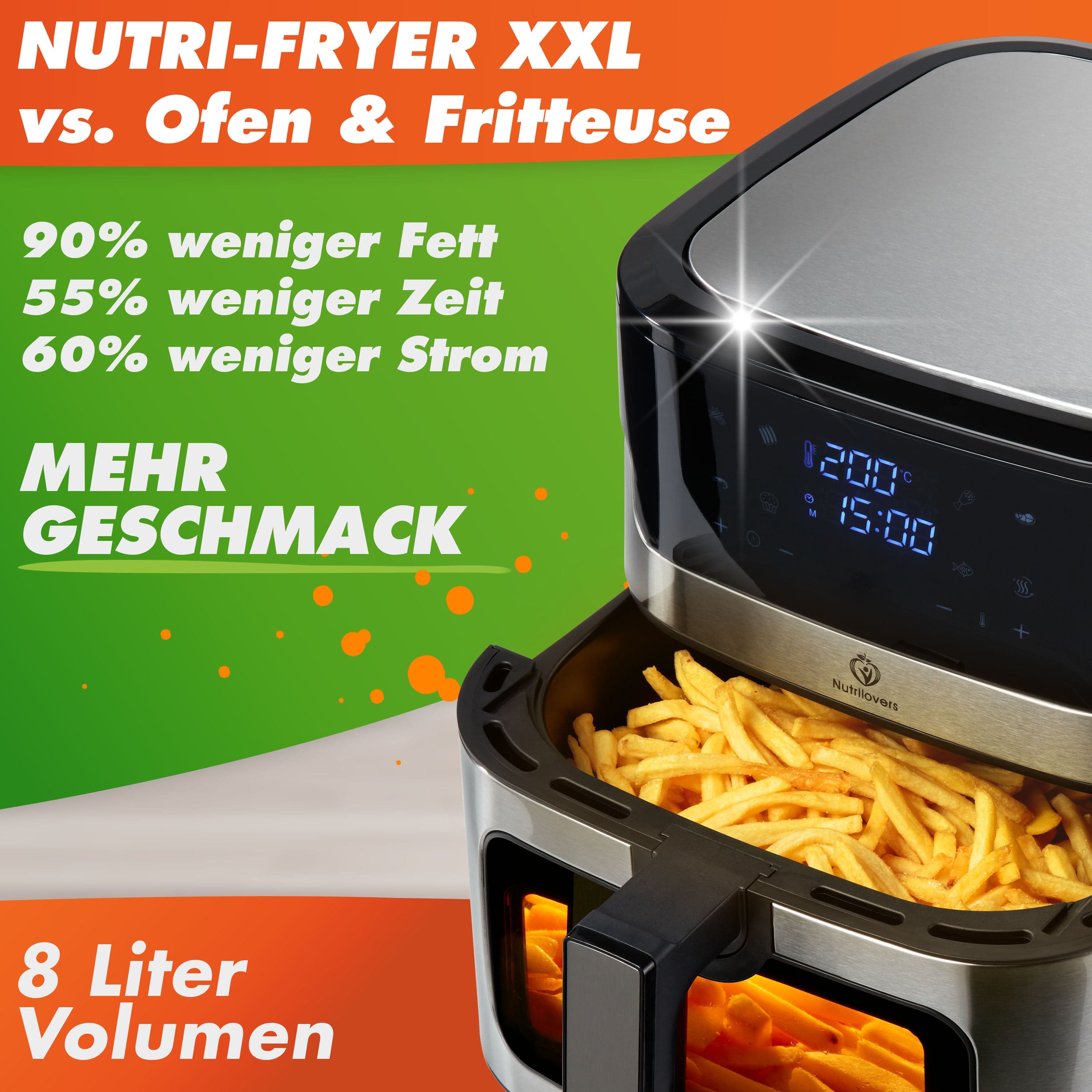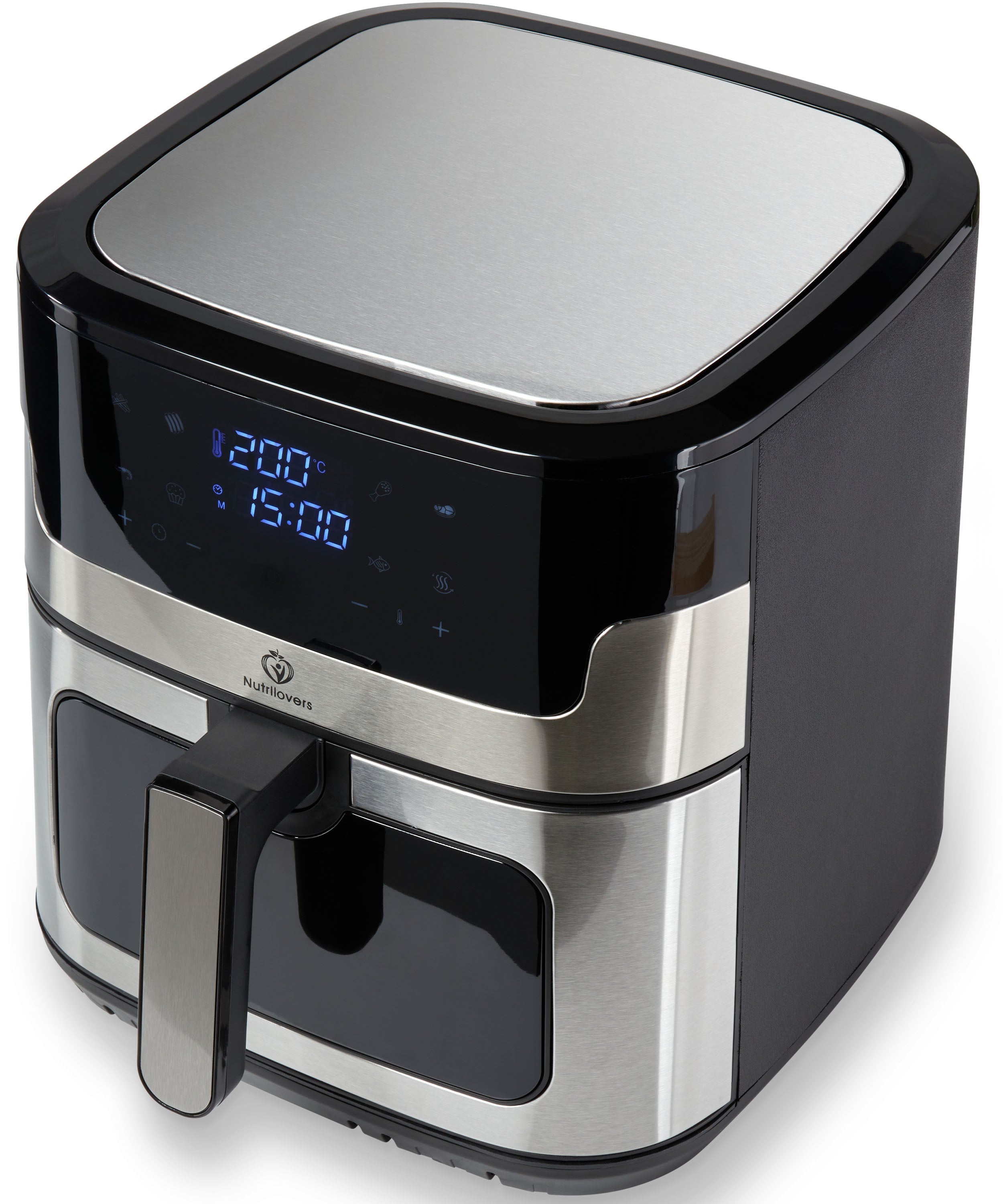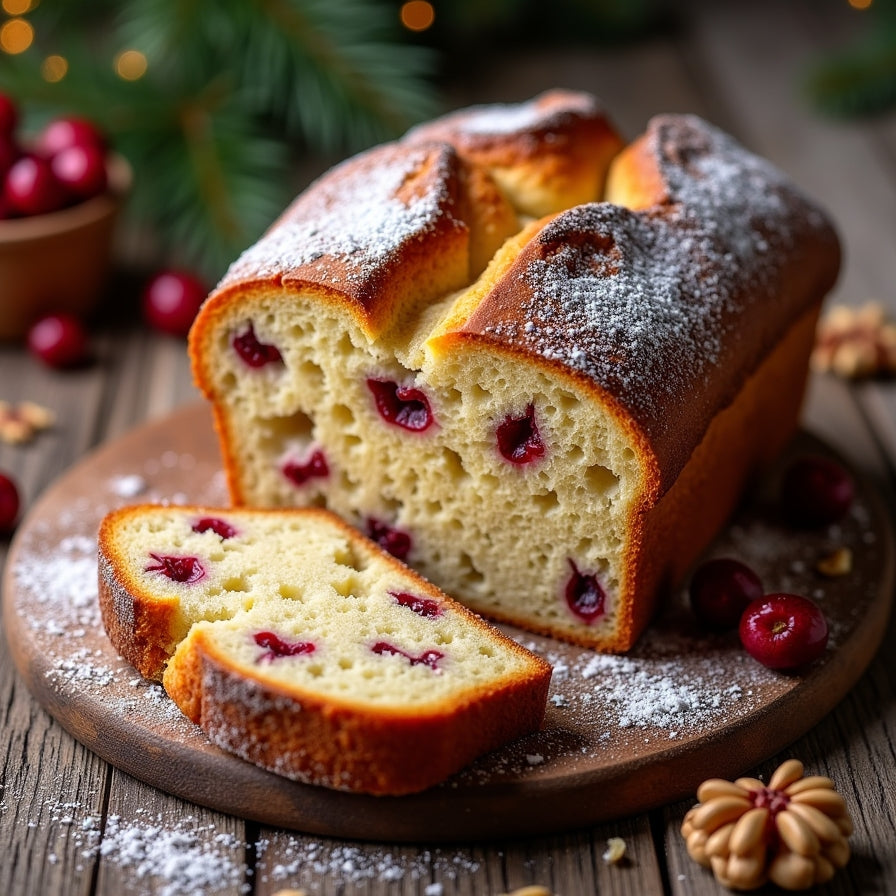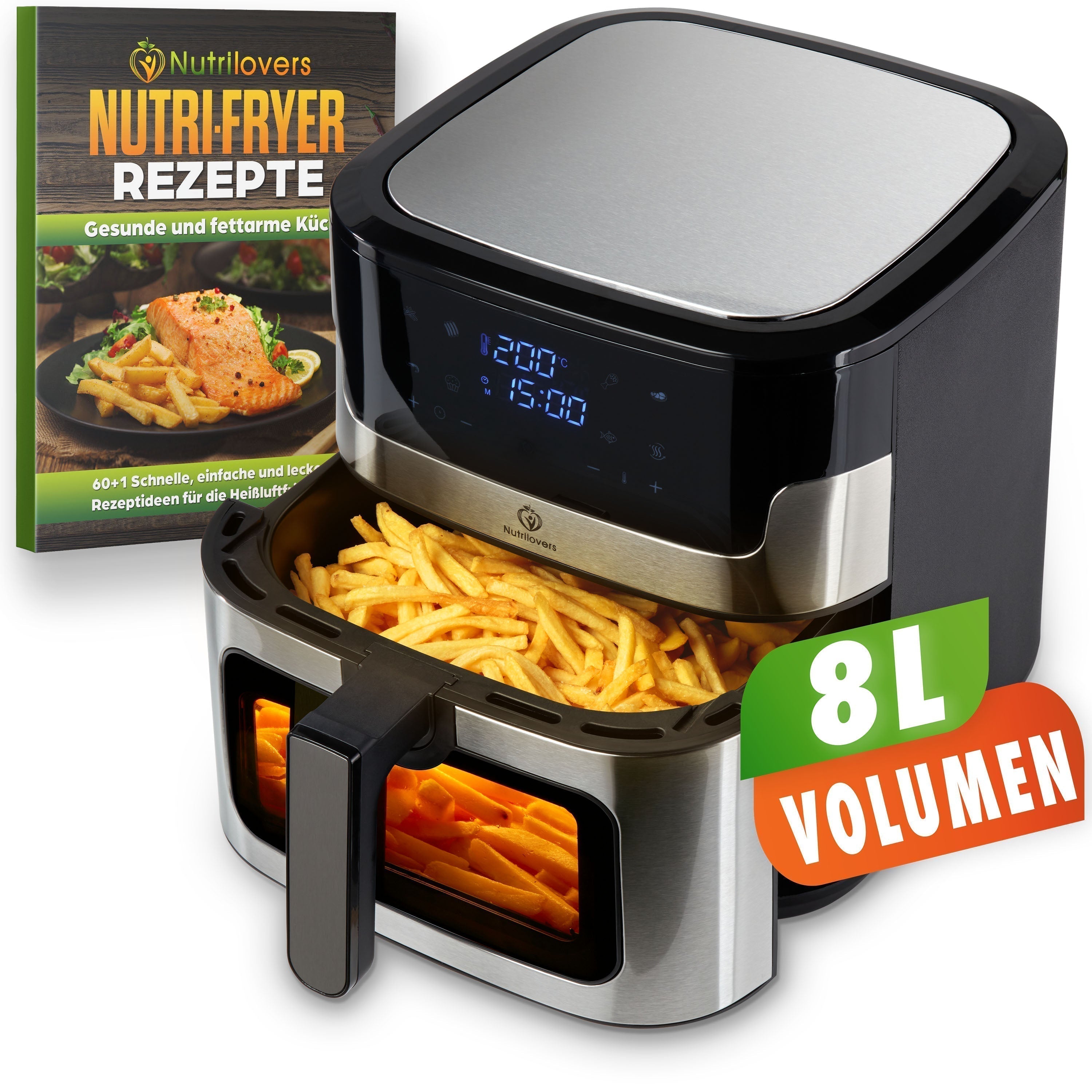In the summer heat, there is nothing more refreshing than a large smoothie or a glass of fresh juice.
Starting the day with a freshly squeezed juice is a guarantee for better health. But one thing remains up for debate: Which is better, smoothies or juices? There are pros and cons to each beverage. The truth is, there's no right or wrong answer to this question. When it comes to smoothies or juices, it really depends on your personal needs and goals.
Why are smoothies/juices so healthy?

Both smoothies and juices are vitamin bombs, taste delicious when prepared correctly with a slow juicer, and provide highly concentrated vital substances and nutrients in their purest form.
Smoothies and juices differ little in terms of ingredients. Both are prepared with various fruits and vegetables. However, smoothies are also prepared with water, coconut water, nut milk, yogurt, or milk, for example, because the consistency is much thicker than freshly squeezed juices.
What is the difference between smoothies and juices?
A smoothie is a pureed beverage that can contain a variety of ingredients. It typically contains some kind of liquid, such as fruit juice or milk, ice, vegetables, and fruit. Smoothies can also be packed with superfoods like chia seeds or spirulina. Smoothies are made in a blender and contain all the ingredients found in the smoothie, including the insoluble fiber from the fruits and vegetables used.
Juices don't contain fiber because the liquid is extracted and separated from the fiber during juicing. Juices are made in a juicer and can contain any blend of different fruits and vegetables. The texture is much thinner than a smoothie because it's purely liquid.
Smoothie proponents believe that the fiber in smoothies has a positive effect on digestion and blood sugar levels, and also significantly increases satiety.
On the other hand, there's a belief that the nutrient density of a freshly squeezed glass of juice is greater than that of a smoothie, as juicing uses significantly more fruit and vegetables for the same amount of juice. This provides the body with a concentrated dose of vitamins, minerals, and phytochemicals. Furthermore, the low fiber content of juices means the digestive system isn't overburdened.
Why are smoothies healthy?

Smoothies have many benefits. They are more filling than juices because they contain all the fiber, and additional foods can be used to further increase satiety. Foods like protein powder, ground flaxseed, chia seeds, etc. can boost the absorption of protein, fiber, and healthy fat. When you add the necessary macronutrients, a smoothie can be a complete meal. Many people ask, "Are smoothies healthy for breakfast?" The answer is yes! But what you put in the smoothie makes the difference between a healthy smoothie and a large glass of sugar. Smoothies provide a more consistent energy supply and keep you fuller for longer. About 700 to 1000 ml of green smoothie can replace a complete meal. You'll usually feel full for about 2-3 hours.
Smoothie Disadvantages
If you make a smoothie with just produce, or with a lot of it, you'll likely consume many more servings of fruits and vegetables than you would normally eat in one sitting. While this may seem like a good thing, it can actually mean consuming more calories than you burn, which can prevent weight loss or even lead to weight gain.
Why are freshly squeezed juices healthy?
As mentioned above, juicing removes the fiber from fruits and vegetables to produce a pure, unadulterated, liquid juice . It extracts the juice from the pulp of the fruit or vegetable used. Because juices are purely liquid, your body doesn't have to process fiber, fat, etc., like with a smoothie . The vitamins, minerals, and live enzymes contained in the juice are absorbed by your body with minimal digestion.
Juices provide quick energy. The quick energy boost from freshly squeezed juices is good, for example, as a remedy for an afternoon slump, after exercise, or when you don't have much time to prepare a meal. People with digestive problems such as irritable bowel syndrome can also benefit from the easy digestibility of fresh juices. After all, they provide plenty of important nutrients from fruits, vegetables, and leafy greens without putting a strain on the digestive system.
Freshly squeezed juices disadvantages
Juicing typically extracts nutrients, but leaves the fiber behind. This makes juices less filling than smoothies or whole fruits. By skipping fiber, you also miss out on some important nutrients and gut health benefits. Additionally, juices made from fruits or sugary vegetables (like beets and carrots) can cause a spike in blood sugar. And when juices contain more fruit than vegetables, they can contain far more carbohydrates than you might expect.
What are healthy juices?

Healthy juices include a mix of fruits and vegetables. If you only juice fruit, it becomes a tall glass of sugar water. You get vitamins and minerals, but the sugar content is high.
When making your juice, include water-rich items as a base. Celery and cucumber are a wonderful base for a juice, and you can add a variety of different fruits and vegetables. Carrots also work well as a base and combine beautifully with fresh ginger root.
Why is the slow juicer best for preparing juices/smoothies?

Smoothies and juices are crucial for a healthy lifestyle. To maximize the nutrients in fruits and vegetables, juices/smoothies must be prepared properly. Some cheap centrifugal extractors introduce heat and oxygen, which destroy nutrients and important enzymes in fruits and vegetables. To get the best results, you need to invest the initial investment in a high-quality juicer that not only extracts high-quality juices and smoothies but also lasts a long time, saving you money.
Slow juicer vs. high-performance blender. Due to the very high speed, a lot of oxygen is swirled into the blender during the blending process. This destroys 70 to 80% of the nutrients that were broken down during the blending process. Oxidation occurs, which leads to rapid spoilage of the smoothie, noticeable by the rapid, usually brownish discoloration of the smoothie and the fact that after just a few minutes, the components of the smoothie separate from the liquid. The water then appears at the bottom of the smoothie, while the individual components float to the top. Another disadvantage is the frictional heat generated by the blending process, which destroys important components of the smoothie.
Due to the slow rotation speed of the slow juicer, sometimes only 45 rpm, like in our NUTRI PRESS NO.1, the slow juicer works on exactly the opposite principle to a high-performance blender. Because the speed is very low, almost no oxygen is introduced into the food during processing. This means that almost 100% of all the important components are retained. Because there is no oxidation, the juice also retains its natural, vibrant color without turning brown. Freshly squeezed juice can be easily stored in the refrigerator for up to 72 hours. Because the slow rotation speed of the slow juicer doesn't create any frictional heat, which means that all the important components of the juice are retained.
While a blender quickly prepares a blend from several ingredients—in the case of smoothies, from fruits, leafy greens, or vegetables, plus a little water—a juicer or slow juicer is ideal for making fresh juices by slowly chopping and pressing the juice ingredients. Due to the low oxidation and cold pressing process, all important components are preserved, allowing the body to access a richer supply of vital nutrients than would be possible with a smoothie. Some models also come with accessories such as an additional strainer, allowing the juicer to be used for other preparations such as smoothies, fruit sorbets, etc.
Now that you're familiar with the difference between juice and smoothies, as well as juicing and blending, you can make the right decision about which option is best for you. Depending on your health goals, you now know exactly what you need: a smoothie or a juice.
READ MORE

